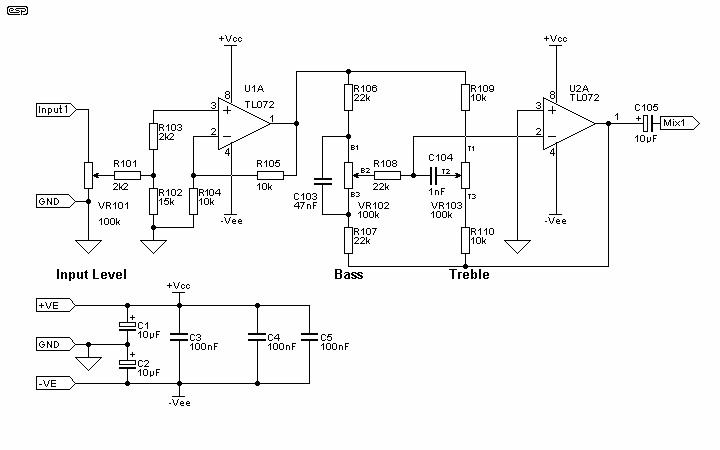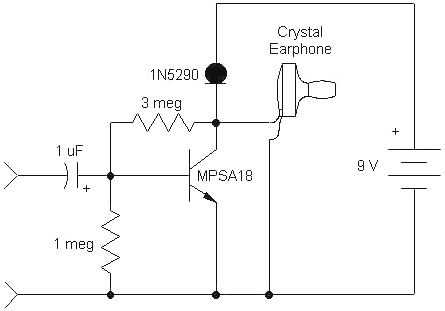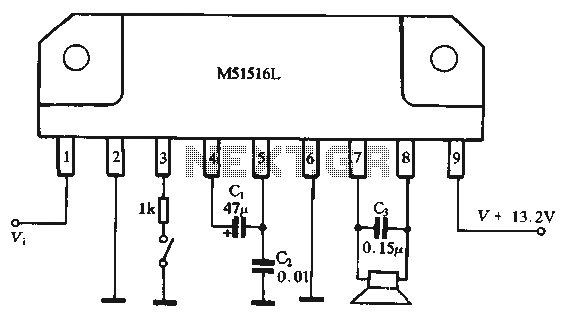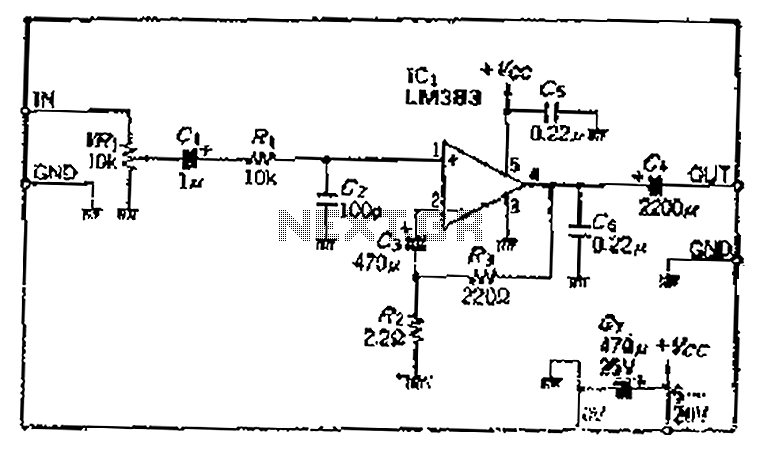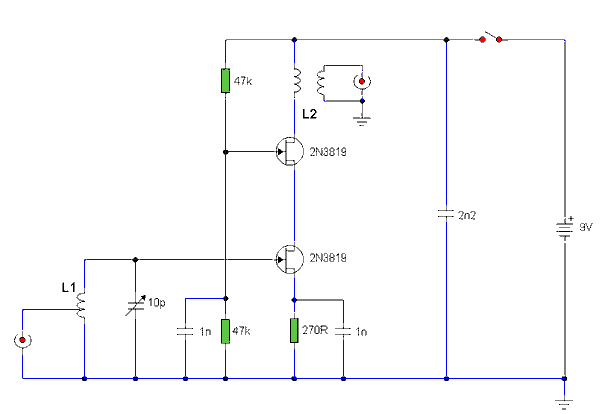
GainClone Amplifier
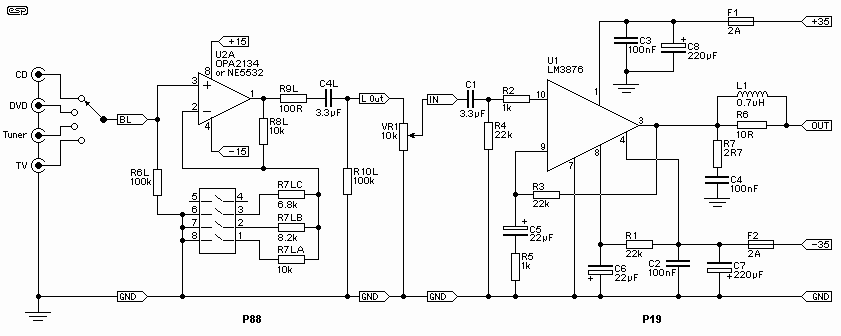
The GainClone concept appears to have gained considerable traction. There are several compelling reasons for this, and I found myself in a situation where SWMBO (She Who Must Be Obeyed) was becoming increasingly agitated as I added amplifiers and speakers to 'her' room (which is actually a lounge with a television, a small speaker system, and an additional computer). Regardless, I reasoned that if I created a compact, aesthetically pleasing amplifier, she would be placated.
The GainClone, a popular audio amplifier concept, is known for its simplicity and high quality audio output. The amplifier is compact in size, making it an attractive option for spaces that require minimal equipment, such as a lounge or a small room. The amplifier's design is simple, yet its performance is comparable to larger, more complex systems.
This particular GainClone setup includes additional amplifiers and speakers, indicating a multi-channel system. This could potentially enhance the audio experience by creating a surround sound effect. The presence of an additional computer suggests the possibility of a digital audio workstation setup, which would allow for advanced audio processing and control.
The amplifier's aesthetic appeal is another key feature. The design of the GainClone is often minimalist and sleek, which can blend well with the room's decor. This can be particularly beneficial in shared spaces, where the acceptance of audio equipment can depend on its visual impact.
In conclusion, the GainClone is a versatile audio solution that combines compact size, high-quality sound output, and aesthetic appeal. It is suitable for various applications, from a simple home entertainment system to a more complex multi-channel setup.The GainClone idea seem to have taken off in a fairly big way. There are some good reasons for this, and I found myself in the position where SWMBO (she who must be obeyed) was getting very twitchy as I added amps and speakers to `her` room (which is actually a sitting room with a TV, small speaker system, lounge and [another] computer). No matter, as I figured that if I made up a nice small amp that looked neat, she would be appeased. 🔗 External reference
The GainClone, a popular audio amplifier concept, is known for its simplicity and high quality audio output. The amplifier is compact in size, making it an attractive option for spaces that require minimal equipment, such as a lounge or a small room. The amplifier's design is simple, yet its performance is comparable to larger, more complex systems.
This particular GainClone setup includes additional amplifiers and speakers, indicating a multi-channel system. This could potentially enhance the audio experience by creating a surround sound effect. The presence of an additional computer suggests the possibility of a digital audio workstation setup, which would allow for advanced audio processing and control.
The amplifier's aesthetic appeal is another key feature. The design of the GainClone is often minimalist and sleek, which can blend well with the room's decor. This can be particularly beneficial in shared spaces, where the acceptance of audio equipment can depend on its visual impact.
In conclusion, the GainClone is a versatile audio solution that combines compact size, high-quality sound output, and aesthetic appeal. It is suitable for various applications, from a simple home entertainment system to a more complex multi-channel setup.The GainClone idea seem to have taken off in a fairly big way. There are some good reasons for this, and I found myself in the position where SWMBO (she who must be obeyed) was getting very twitchy as I added amps and speakers to `her` room (which is actually a sitting room with a TV, small speaker system, lounge and [another] computer). No matter, as I figured that if I made up a nice small amp that looked neat, she would be appeased. 🔗 External reference
